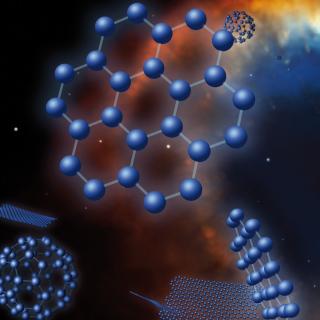Bibcode
An, Deokkeun; Beers, Timothy C.; Lee, Young Sun; Masseron, Thomas
Bibliographical reference
The Astrophysical Journal
Advertised on:
7
2023
Journal
Citations
11
Refereed citations
11
Description
We continue our series of papers on phase-space distributions of stars in the Milky Way based on photometrically derived metallicities and Gaia astrometry, with a focus on the halo-disk interface in the local volume. To exploit various photometric databases, we develop a method of empirically calibrating synthetic stellar spectra based on a comparison with observations of stellar sequences and individual stars in the Sloan Digital Sky Survey, the SkyMapper Sky Survey, and the Pan-STARRS1 surveys, overcoming band-specific corrections employed in our previous work. In addition, photometric zero-point corrections are derived to provide an internally consistent photometric system with a spatially uniform metallicity zero-point. Using our phase-space diagrams, we find a remarkably narrow sequence in the rotational velocity (v ϕ ) versus metallicity ([Fe/H]) space for a sample of high proper-motion stars (>25 mas yr-1), which runs along Gaia Sausage/Enceladus (GSE) and the Splash substructures and is linked to the disk, spanning nearly 2 dex in [Fe/H]. Notably, a rapid increase of v ϕ from a nearly zero net rotation to ~180 km s-1 in a narrow metallicity interval (-0.6 ≲ [Fe/H] ≲ -0.4) suggests that some of these stars emerged quickly on a short gas-depletion timescale. Through measurements of a scale height and length, we argue that these stars are distinct from those heated dynamically by mergers. This chain of high proper-motion stars provides additional support for recent discoveries suggesting that a starburst took place when the young Milky Way encountered the gas-rich GSE progenitor, which eventually led to the settling of metal-enriched gas onto the disk.
Related projects

Nucleosynthesis and molecular processes in the late stages of Stellar Evolution
Low- to intermediate-mass (M < 8 solar masses, Ms) stars represent the majority of stars in the Cosmos. They finish their lives on the Asymptotic Giant Branch (AGB) - just before they form planetary nebulae (PNe) - where they experience complex nucleosynthetic and molecular processes. AGB stars are important contributors to the enrichment of the
Domingo Aníbal
García Hernández